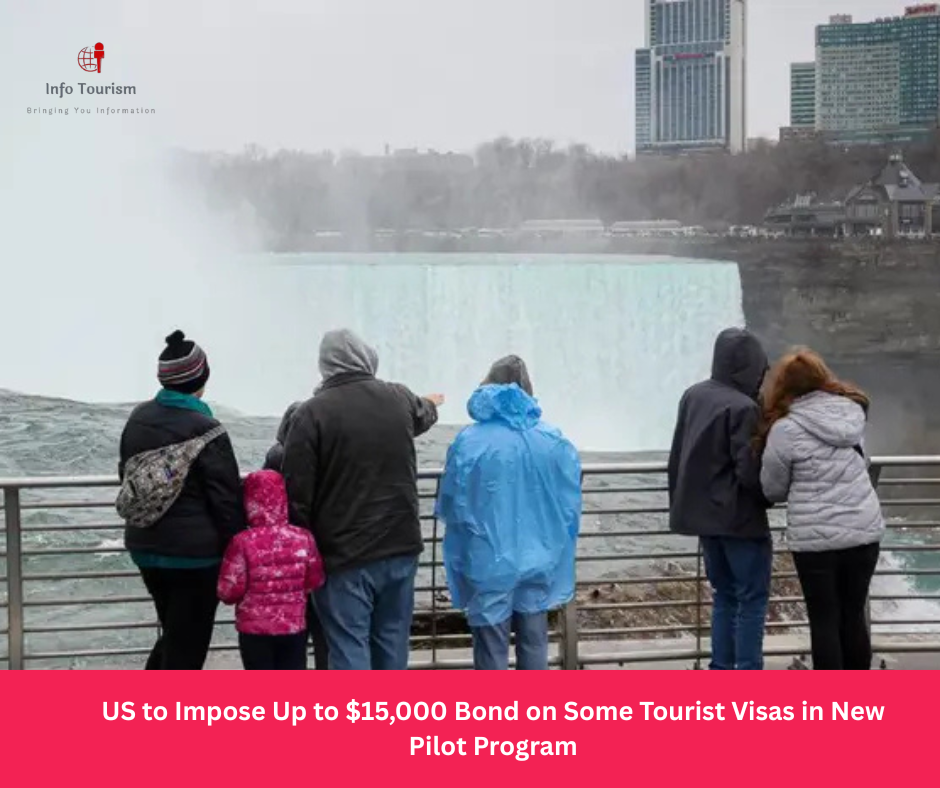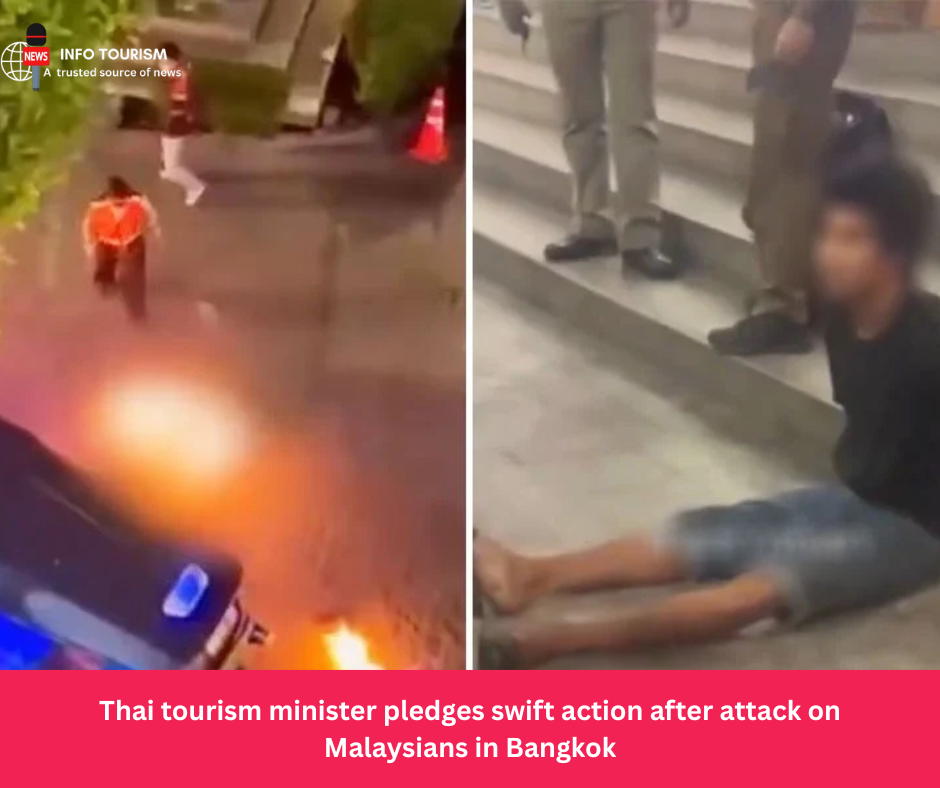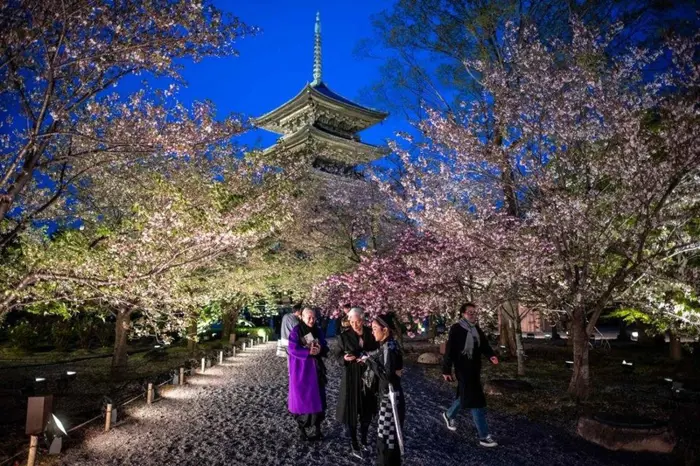WASHINGTON – In a move that could reshape international travel to the United States, the U.S. government is set to launch a pilot program requiring certain visa applicants to post bonds of up to USD15,000, in a bid to curb visa overstays.
Effective August 20, the program gives American consular officers the discretion to impose hefty bonds on tourists and business visitors from countries with high rates of visa violations or insufficient screening protocols. The pilot is expected to run for roughly a year and forms part of a broader push to tighten immigration controls.
The new rules, which emerged from a government notice published on Monday, come amid heightened enforcement efforts that have defined former President Donald Trump’s hardline immigration agenda, an approach that continues to echo through policy circles even after his administration.
Under the guidelines, consular officials can require bonds of USD5,000, USD10,000, or USD15,000, with a strong preference for the mid-tier amount. The funds will be refunded only if the traveller leaves the U.S. on time, by the terms of their visa.
Although the initiative is not entirely new—a similar version was announced in November 2020, it was never fully rolled out due to the global collapse in travel during the COVID-19 pandemic. Now, with borders reopened and air traffic returning to pre-pandemic levels, Washington is revisiting the idea with renewed urgency.
The program will target travellers from countries flagged for issues ranging from high overstay rates to national security concerns and weak passport controls. These include several African and Asian nations such as Chad, Eritrea, Haiti, Myanmar and Yemen, which also appeared on Trump’s controversial travel ban list.
Countries like Burundi, Djibouti, and Togo also had significant overstay statistics, based on U.S. Customs and Border Protection data from fiscal year 2023.
A spokesperson from the U.S. State Department said the list of affected countries may evolve based on criteria that include foreign policy considerations and the increasing practice of citizenship-by-investment schemes without requiring residency.
Adding to the financial burden for incoming visitors, a separate visa integrity fee of USD250 is slated to come into effect on October 1, following the passage of a broad spending bill by the Republican-controlled Congress. While the fee is potentially refundable for those who comply with visa conditions, it has drawn concern from industry stakeholders.
The U.S. Travel Association warned that the added costs could have a chilling effect on tourism. It is estimated that the bond requirement may apply to as few as 2,000 applicants, mostly from low-volume travel nations, but it is noted that the cumulative impact of rising entry fees could make the U.S. one of the most expensive destinations in the world for visa-seeking travellers.
The association also highlighted a downturn in international travel to the U.S. amid Trump era immigration policies, with figures showing a 20% drop in visitors from Canada and Mexico, while transatlantic airfare prices dipped to levels not seen since before the pandemic.
As the U.S. moves to balance border security with its global image as a welcoming destination, the new visa bond initiative is likely to stir debate among human rights groups, foreign governments, and the tourism sector alike – The Star





